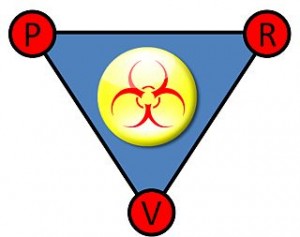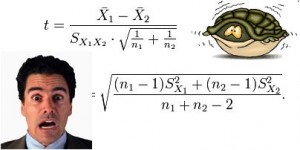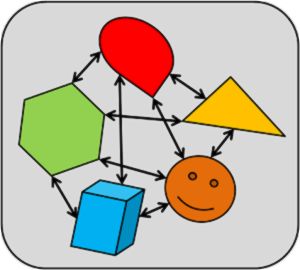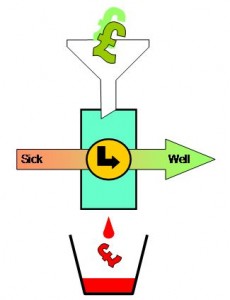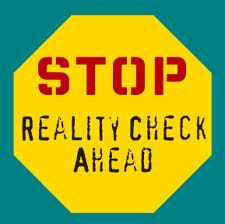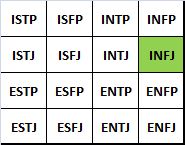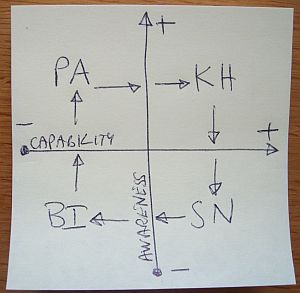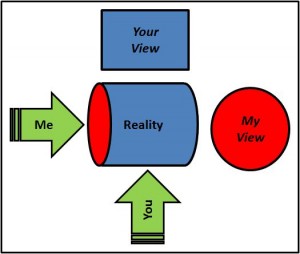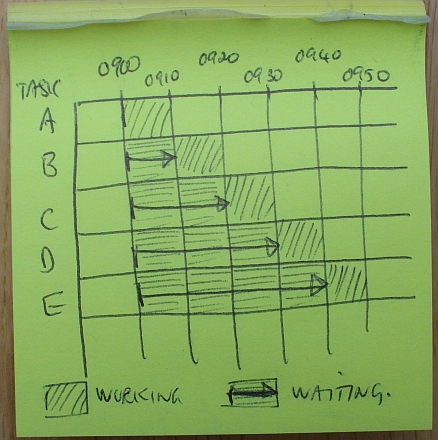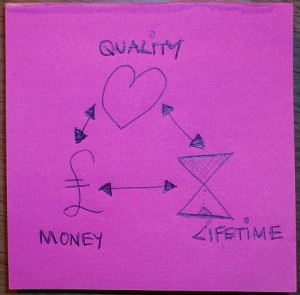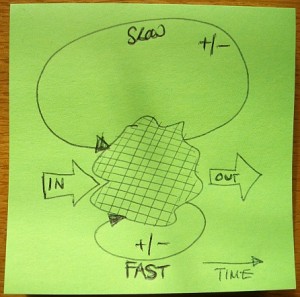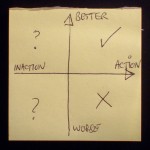 Look what popped out of Santa’s sack!
Look what popped out of Santa’s sack!
I have not seen one of these for years and it brought back memories of hours of frustration and time wasted in attempting to solve it myself; a sense of failure when I could not; a feeling of envy for those who knew how to; and a sense of indignation when they jealously guarded the secret of their “magical” power.
The Rubik Cube got me thinking – what sort of problem is this?
At first it is easy enough but it becomes quickly apparent that it becomes more difficult the closer we get to the final solution – because our attempts to reach perfection undo our previous good work. It is very difficult to maintain our initial improvement while exploring new options.
This insight struck me as very similar to many of the problems we face in life and the sense of futility that creates a powerful force that resists further attempts at change. Fortunately, we know that it is possible to solve the Rubik cube – so the question this raises is “Is there a way to solve it in a rational, reliable and economical way from any starting point?”
One approach is to try every possible combination of moves until we find the solution. That is the way a computer might be programmed to solve it – the zero intelligence or brute force approach.
The problem here is that it works in theory but fails in practice because of the number of possible combinations of moves. At each step you can move one of the six faces in one of two directions – that is 12 possible options; and for each of these there are 12 second moves or 12 x 12 possible two-move paths; 12 x 12 x 12 = 1728 possible three-move paths; about 3 million six-move paths; and nearly half a billion eight-move paths!
You get the idea – solving it this way is not feasible unless you are already very close to the solution.
So how do we actually solve the Rubik Cube? Well, the instructions that come with a new one tells you – a combination of two well-known ingredients: strategy and tactics. The strategy is called goal-directed and in my instructions the recommended strategy is to solving each layer in sequence. The tactics are called heuristics: tried-tested-and-learned sequences of actions that are triggered by specific patterns.
At each step we look for a small set of patterns and when we find one we follow the pre-designed heuristic and that moves us forward along the path towards the next goal. Of the billions of possible heuristics we only learn, remember, use and teach the small number that preserve the progress we have already made – these are our magic spells.
So where do these heuristics come from?
Well, we can search for them ourselves or we can learn them from someone else. The first option holds the opportunity for new insights and possible breakthroughs – the second option is quicker! Someone who designs or discovers a better heuristic is assured a place in history – most of us only ever learn ones that have been discovered or taught by others – it is a much quicker way to solve problems.
So, for a bit of fun I compared the two approaches using a computer: the competitive-zero-intelligence-brute-force versus the collaborative-goal-directed-learned-and-shared-heuristics. The heuristic method won easily every time!
The Rubik Cube is an example of a mechanical system: each of the twenty-six parts are interdependent, we cannot move one facet independently of the others, we can only move groups of nine at a time. Every action we make has nine consequences – not just one. To solve the whole Rubik Cube system problem we must be mindful of the interdependencies and adopt methods that preserve what works while improving what does not.
The human body is a complex biological system. In medicine we have a phrase for this concept of preserving what works while improving what does not: “primum non nocere” which means “first of all do no harm”. Doctors are masters of goal-directed heuristics; the medical model of diagnosis before prognosis before treatment is a goal-directed strategy and the common tactic is to quickly and accurately pattern-match from a small set of carefully selected data.
In reality we all employ goal-directed-heuristics all of the time – it is the way our caveman brains have evolved. Relative success comes from having a more useful set of heuristics – and these can be learned. Just as with the Rubik Cube – it is quicker to learn what works from someone who can demonstrate that it works and can explain how it works – than to always laboriously work it out for ourselves.
An organisation is a bio-psycho-socio-economic system: a set of interdependent parts called people connected together by relationships and communication processes we call culture. Improvement Science is a set of heuristics that have been discovered or designed to guide us safely and reliably towards any goal we choose to select – preserving what has been shown to work and challenging what does not. Improvement Science does not define the path it only helps us avoid getting stuck, or going around in circles, or getting hopelessly lost while we are on the life-journey to our chosen goal.
And Improvement Science is learnable.


